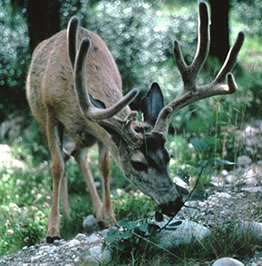Washington’s Wildlife and Habitat
Washington State has a great diversity of wildlife and natural habitats. Many wildlife in Washington are threatened by the loss of connectivity between populations that comes from human-imposed barriers to movement. The added threat of climate change significantly increases the urgency of protecting and restoring habitat connectivity to enhance the capacity of wildlife species to adapt to changing conditions and shifting habitats.
Ensuring Safe Passage
Many threats to wildlife are the direct result of human-imposed barriers to movement. Fortunately, there are many opportunities are available to avoid creating barriers, to restore existing ones, and to protect permeable landscapes. Protecting and restoring landscape features, and in a coordinated way, that allow animals to move safely across the landscape is essential to ensure the long-term viability of wildlife populations throughout the state.
Creating a Coordinated Plan
Addressing these opportunities requires sound science and the coordinated efforts of many different partners. Key to insuring safe passage for wildlife across the landscape is a coordinated approach to conservation planning, land acquisition and management, and wildlife management and research, as well as land use, infrastructure, and transportation planning.
See the Washington Department of Fish and Wildlife’s wildlife science page

